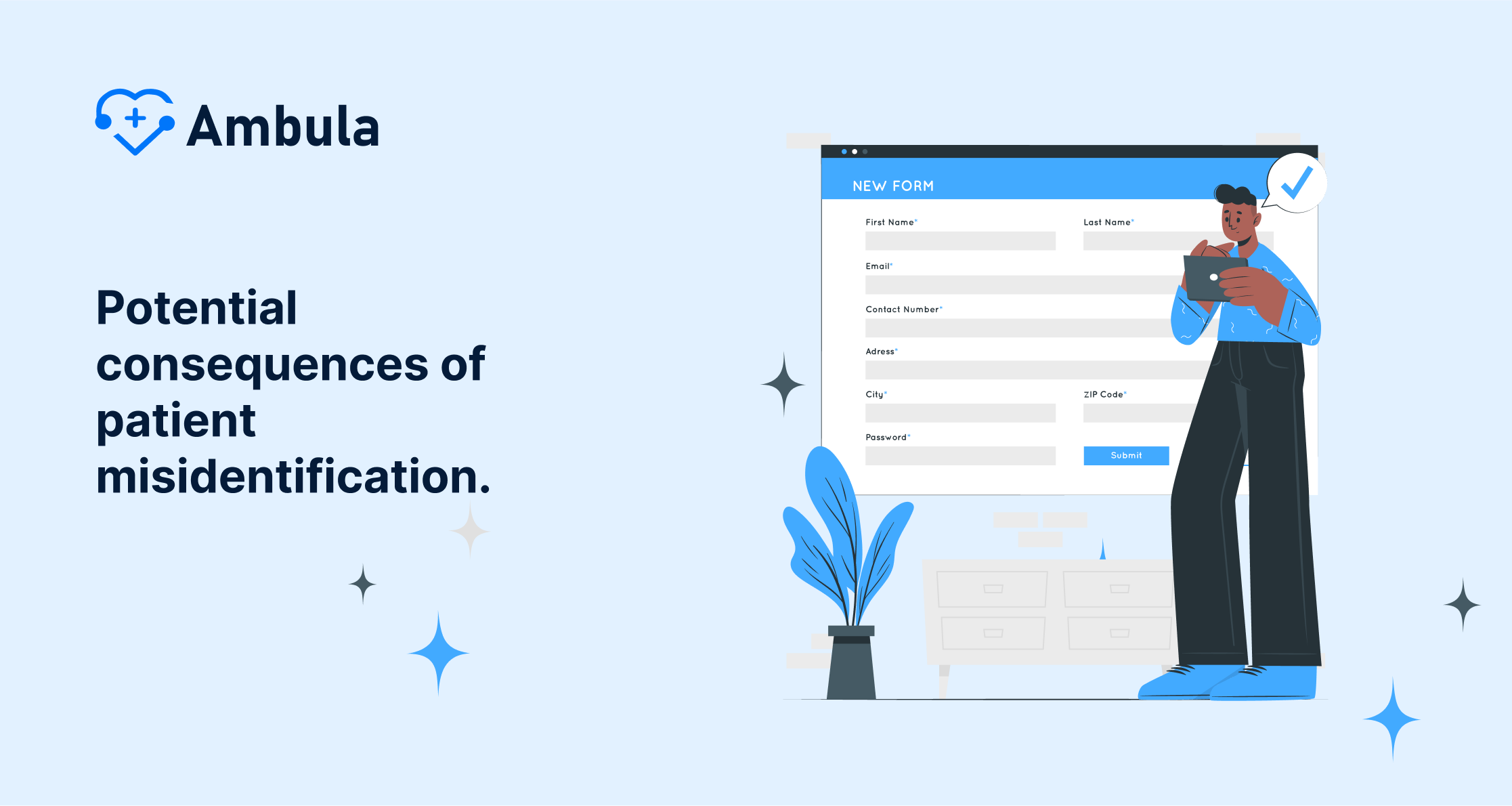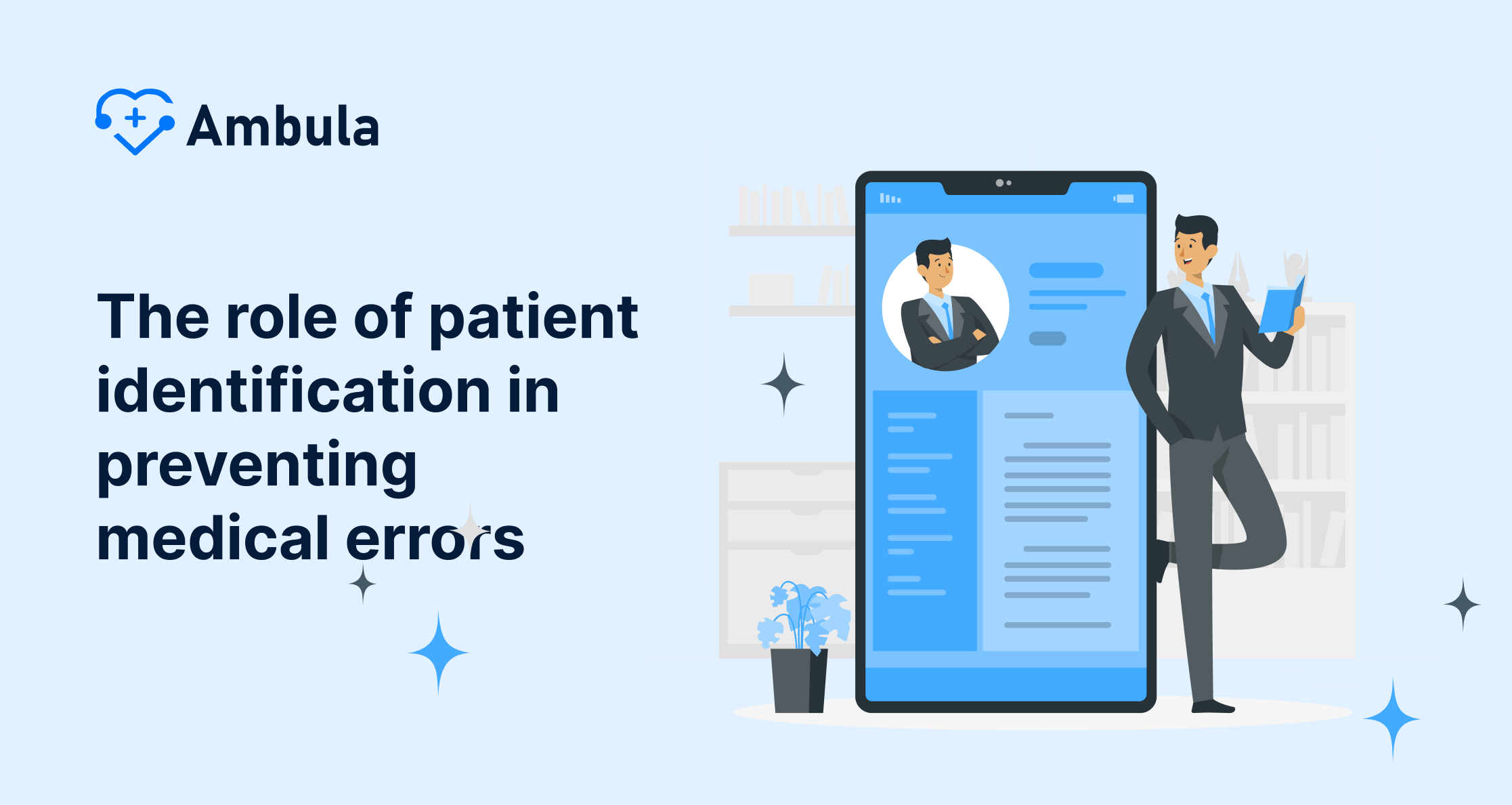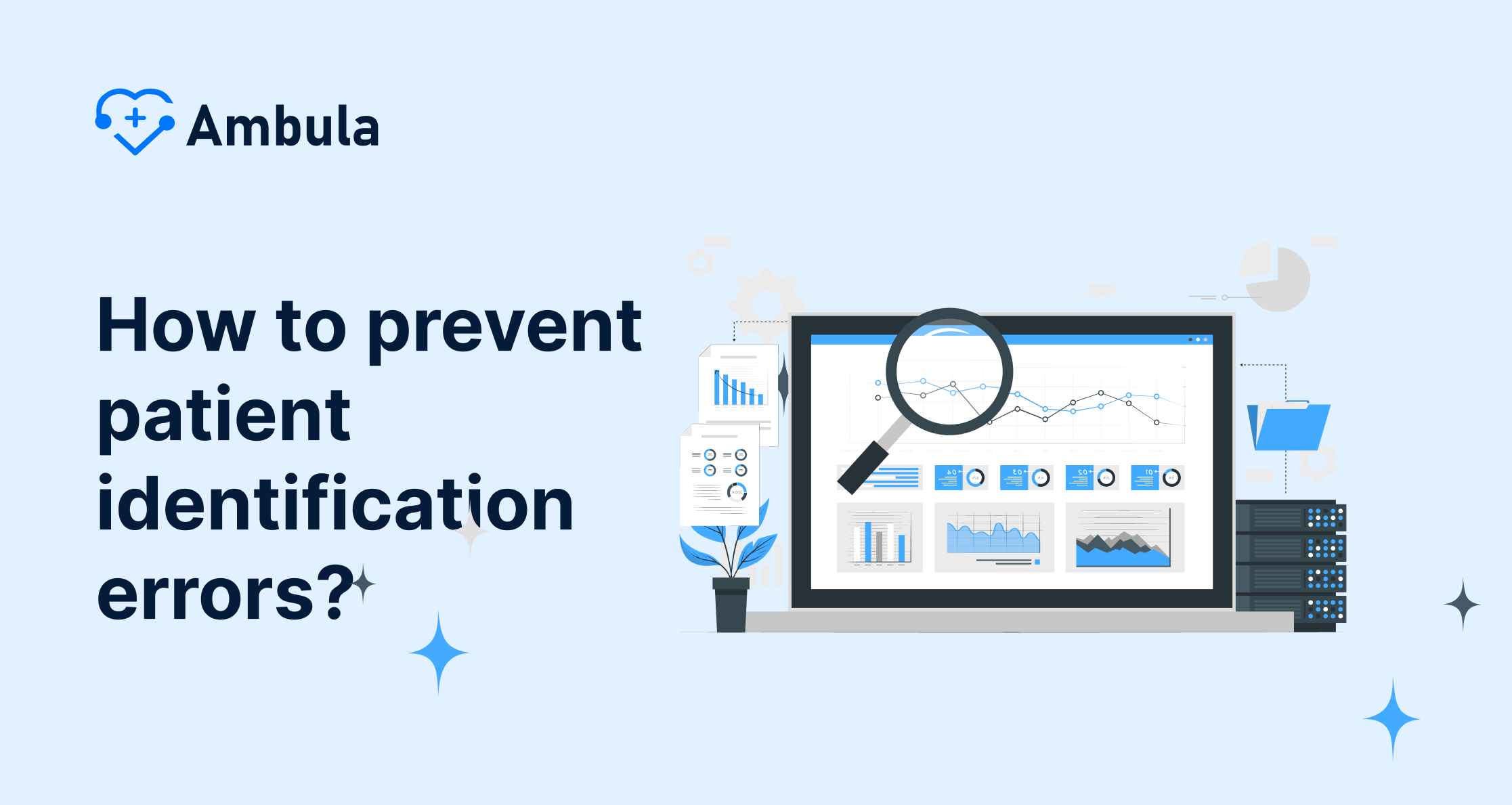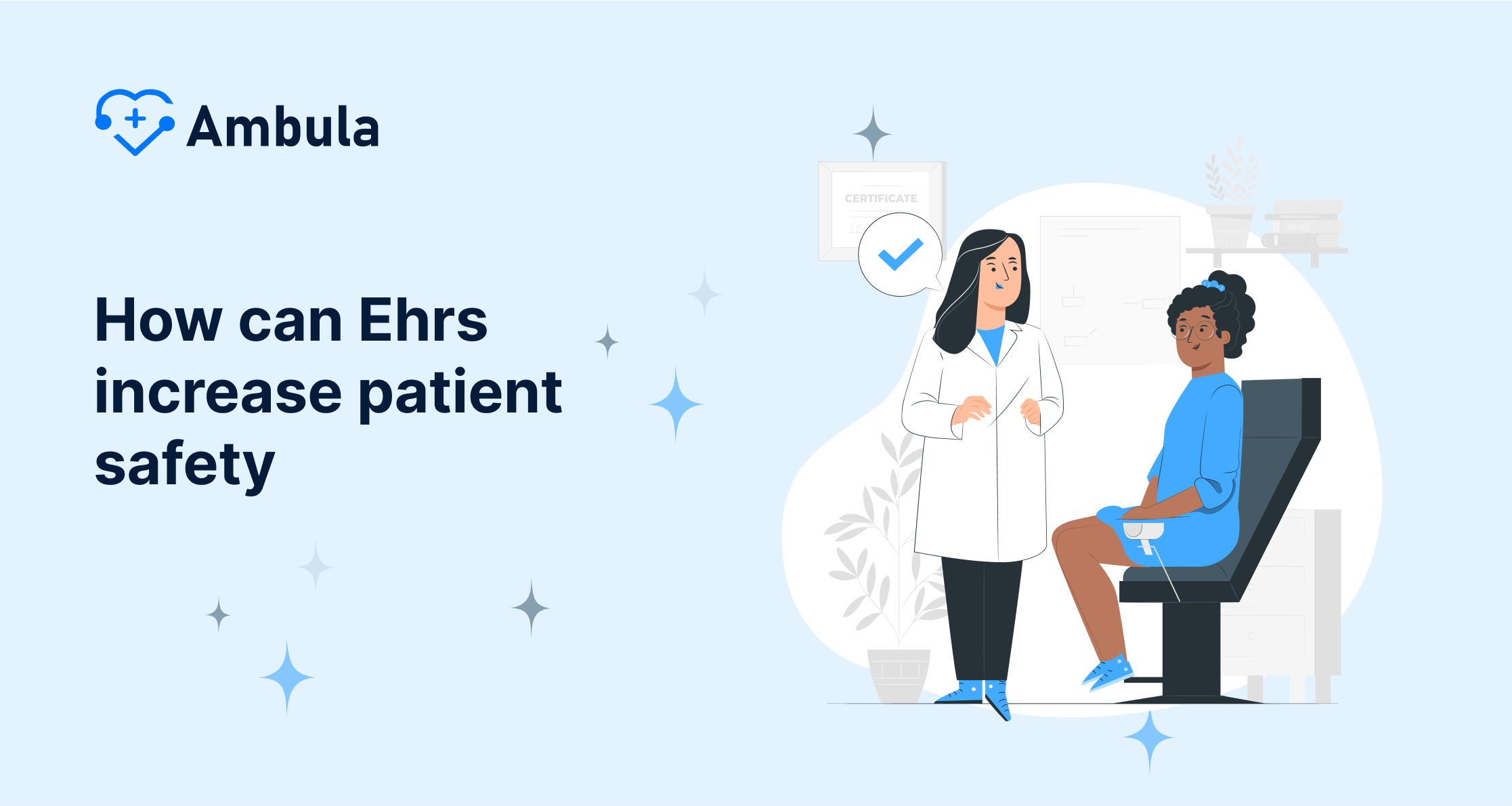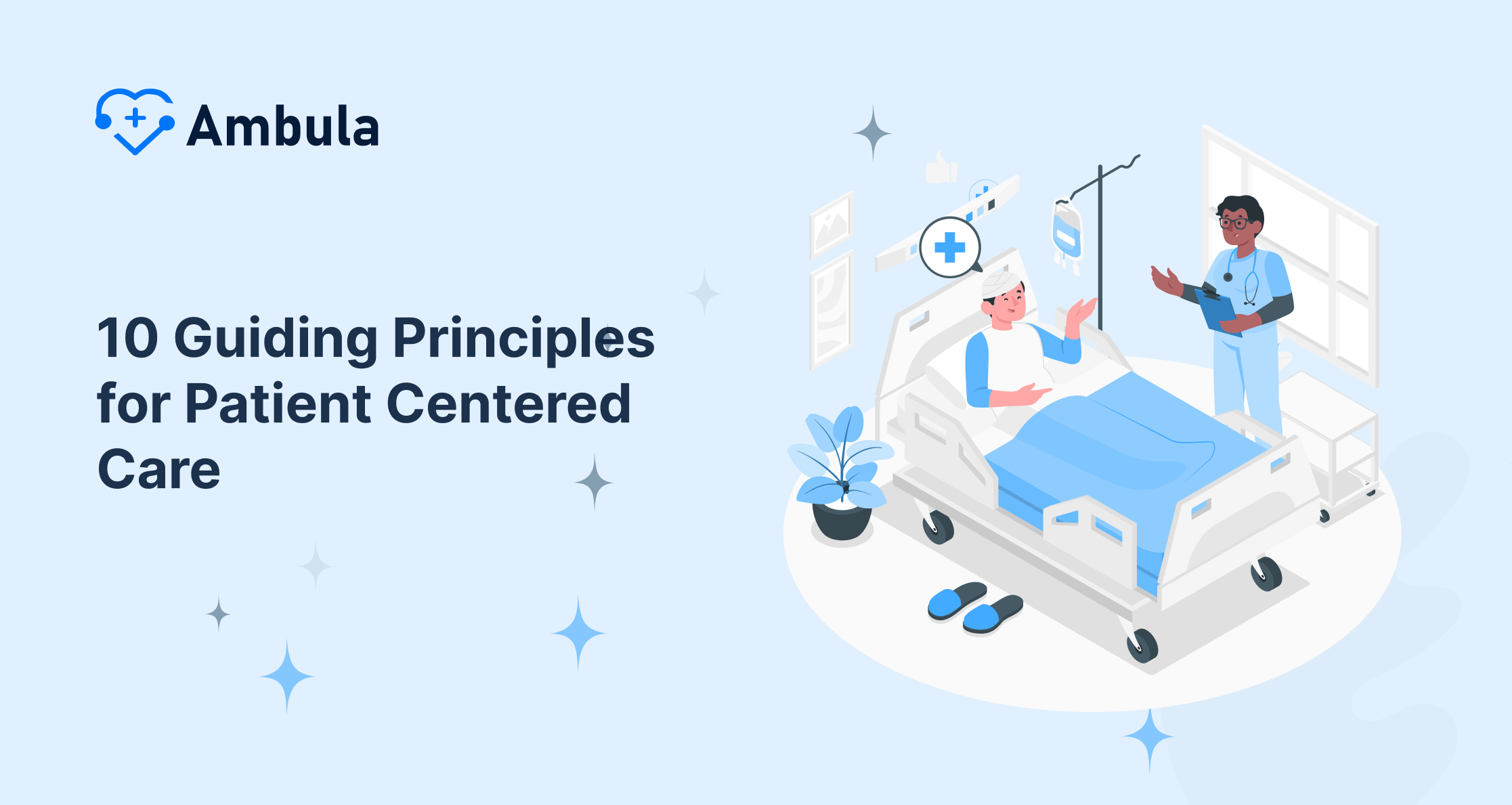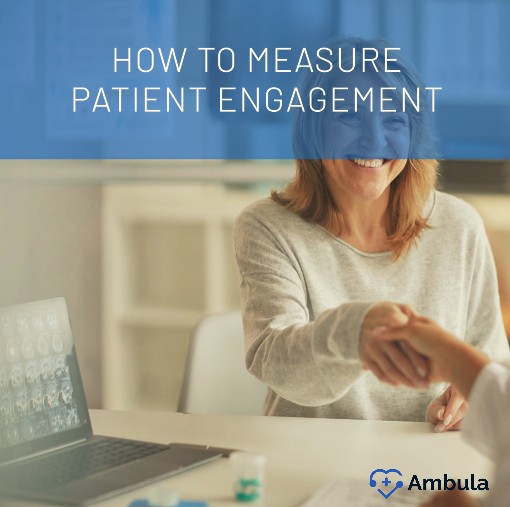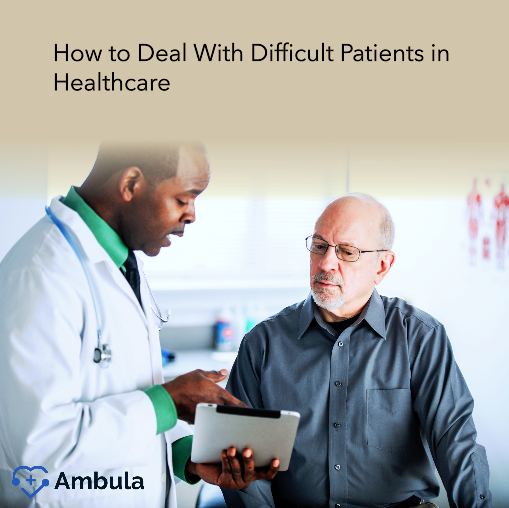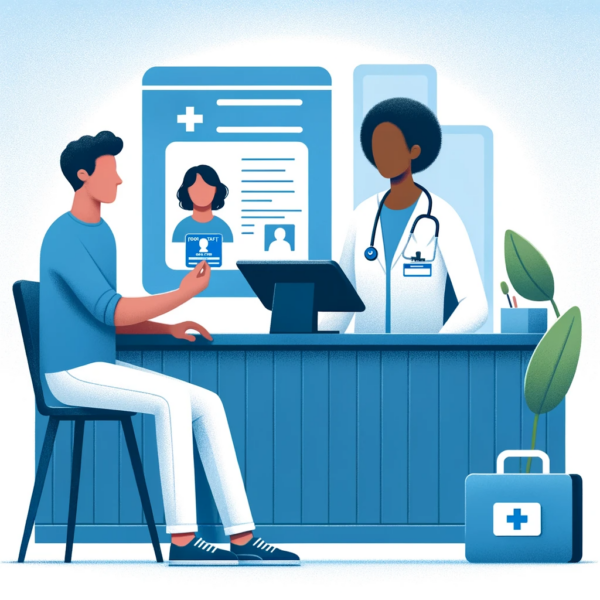
Getting patient identification right is key to delivering health care that’s both safe and effective. This step stops a chain of super bad mix-ups from happening. Imagine giving meds to the wrong person putting someone else’s blood into a patient, or doing a surgery on the wrong part of the body. Errors like that could lead to anything from a bit of pain to super scary, life-or-death problems. Sticking to the right rules for figuring out who your patients are is super important to dodge these dangerous slip-ups.
This article explores the compelling reasons why patient identity verification is a critical pillar of healthcare excellence. . It aims to illuminate the intricate connections between accurate patient identification and the overarching goals of patient safety, privacy, satisfaction, and healthcare efficiency. By understanding the profound impact of patient verification on these fundamental aspects of healthcare delivery, we can foster a culture of patient-centered care that prioritizes accuracy, safety, and trust.
The Possible Dangers When Patients Get Mixed Up
1. Drug Mix-Ups: A Serious Slip-Up
When doctors give the wrong meds, doses, or ways to take them, it’s a real problem for keeping patients safe. These mistakes with medical IDs ’cause folks got mixed up, can lead to all sorts of trouble – a little to some heavy-duty health issues like bad allergic stuff messed-up organs, or even kicking the bucket.
Giving the wrong drugs can throw your body all out of whack, making you respond in ways you shouldn’t and making any sickness you’ve got even worse. Like, if someone who’s wide awake gets a drug to knock them out, they could stop breathing right – and that’s super dangerous.
2. Mistakes in Giving Blood: When They Turn Deadly
When doctors give patients the wrong type of blood, it can end in disaster. This mix-up, caused by mixing up patients, can set off a fierce attack inside the body. The body’s defense system goes after the strange blood cells, which might cause the patient to suffer from blood loss, have their kidneys give out, or even die.
Making sure the blood types match is super important for giving blood. Everyone’s blood has specific markers that need to fit with the person getting the blood. If the doctors get the patient’s identity wrong, they might mess up this matching game, putting the person in big danger.
3. Surgical Slip-Ups: When Surgeons Get the Spot Wrong
Surgeons performing operations on the wrong site or even the wrong person is a serious mix-up due to patient misidentification. These blunders can cause unwanted hurt, injury to good tissue, and sometimes even a lasting handicap.
Getting surgeries right relies on knowing who the patient is. Messing up identities might make doctors cut into the wrong body part or the wrong individual, leading to accidental slices, harm to unharmed tissues, and possible nasty surprises.
4. Missing the Mark: When Diagnostics Go Astray
Misreading a patient’s condition known as diagnostic errors, might cause serious trouble. These slip-ups sometimes come from mixing up patients and they can mess up the diagnosis, push back figuring out the illness, or cause wrong treatments. This mixup can put a patient’s health and life at risk.
Getting the diagnosis right is super important for good health care. If you get the wrong patient, it messes up the whole flow of care and messes up the chance for a spot-on diagnosis. This can end up in the patient getting treatments they don’t need or missing out on stuff that could help them. It might take longer to get better, their health can go downhill, or they might even die.
Patient mix-ups aren’t just numbers; they’re actual disasters that highlight why getting names right in medicine matters. Health pros gotta keep focused on managing who’s who making sure folks get the correct help when they need it.
The role of patient identification in preventing medical errors
Imagine the world of giving out meds, okay? If we mess up with figuring out who the patients are, we could give the meds to someone else, use the wrong dose, or even mess up how we’re supposed to give them. These mix-ups? They could cause drug problems that might be a little bad or bad, like allergies hurting someone’s organs, or worse, it could kill someone. Getting patient ID right means we get the meds to the right person and dodge these super scary mistakes.
Just like that, figuring out who the patient is matters when giving blood transfusions to stop super bad mistakes that could be dangerous. It’s super important that the blood types match. If they don’t, it could start this thing called a hemolytic reaction. That’s when the body’s defense system goes after the wrong blood cells, and this can cause a low red blood cell count, mess up the kidneys, or worse, cause someone to die. Making sure we know who the patient is makes certain the right person gets the blood they need and helps avoid these super scary mix-ups.
Knowing who your patient really is matters for way more than just giving them the right pills or matching their blood type. It’s huge for every single thing healthcare pros do. When it comes to surgery, making sure you know the right person means you don’t cut the wrong spot or mess up someone’s body big time – we’re talking super bad pain messed-up tissue, or even stuff that can’t ever be fixed.
How to prevent patient identification errors?
Even small goofs in figuring out who’s who among patients can mess up lives big time. If you’re in the health biz, making darn sure you know your patient from A to Z all the way through is super critical. Let’s run through some main moves to identify someone being treated to cut down on these mix-ups:
- Get real serious about checking things twice
- Let tech lend a hand
- Give patients a boost to help themselves
- Make rules and teach ’em well
- Take care of the twinsies issues
- Keep getting better all the time
By putting these tactics into action, we’re building a health care zone that’s all about getting patient IDs right every single time keeping our folks safe, and delivering top-notch treatment. Just don’t forget, being on the ball and teaming up matter heaps in this nonstop game.
Maintaining Patient Privacy by Identifying Patients Right
Getting patients mixed up might start a whole chain of private info getting out. This means stuff like people’s names where they live, and their Social Security digits, plus their medical past, what’s wrong with them, and how doctors plan to fix them, could get into the wrong hands. When this happens, folks may stop trusting their doctors, they might not wanna talk about what’s bugging them health-wise, and it could even end with someone stealing their identity or treating them.
Making sure you know who the patient is stands as a solid wall against people who should not see private stuff. Before they peek at someone’s health history medical pros like doctors and nurses make sure they got the right person. Doing this keeps private things safe and stops the wrong eyes from seeing or using someone’s personal health deets the wrong way.
Getting the patient’s name right ain’t just about avoiding tech hiccups; it’s also about doing the right thing. Docs and nurses gotta keep what you tell them on the down low, and knowing who’s who is key to that. When health places put getting the ID spot on first, they show they care about keeping things confidential, building up trust, and sticking to the good-guy codes of looking after people’s health.
Tech stuff is shaking things up in the world of keeping patient IDs straight. We’re talking serious game-changer vibes for making sure patients are safe, their secrets are kept, and everything runs like clockwork. We’ve got stuff like electronic health records, barcodes, and a bunch of other cool gizmos stepping up to the plate to stop mix-ups with who’s who so the right person gets the right treatment when they need it.
Electronic Health Stuff
EHRs, or the online vaults holding patient medical histories, are changing the game when it comes to recognizing patients. These systems keep and connect a patient’s details in the digital space handing doctors a full look at someone’s health background, what they’re allergic to, their meds, and how to treat ’em. Having this info at the ready means they can spot who’s who without mixing ’em up slashing the chances of messing up and making sure the treatment fits just right for every individual.
Barcodes
Barcodes, those stripes, and numbers you see that machines can read, are all over the place in hospitals. They stick them on patient identification wristbands, charts, and even bottles of medicine. That way, with a quick zap from a barcode reader, doctors and nurses can make sure they’ve got the right person and are giving them the right drugs or treatments. It speeds things up and stops mix-ups.
Those Radio Frequency Identification (RFID) tags are like barcodes on another level cause they chat using radio waves, not just lines and numbers. You can put RFID tags into someone’s wristband or on gadgets and then keep track of patients even when they can’t say who they are or what’s wrong.
Using personal traits like fingerprints, face scans, or iris patterns biometric identification serves as a novel way to recognize patients. It’s just getting started, but it has big potential to improve both precision and safety in intricate healthcare spots where figuring out who patients are gets tough.
Patient ID struggles in complex care spots
In super involved medical settings like hospitals with lots of parts, clinics, or community health hubs, nailing patient identification is extra tricky. Patients might see a bunch of different docs and nurses, so it’s super important to keep who’s who straight. If the medical team isn’t on the same page or they’re all doing their own thing for ID-ing folks, mix-ups and safety oopsies could go up.
Tech stuff can mess with figuring out who’s who in healthcare. Hospitals have these things called electronic health records (EHRs), right? But they don’t always talk to each other well, which can mess up getting the right info about patients when you need it. Plus, if there’s a glitch or the whole system crashes, it can throw a wrench in sorting out patient IDs, which might lead to mix-ups or things taking way longer.

